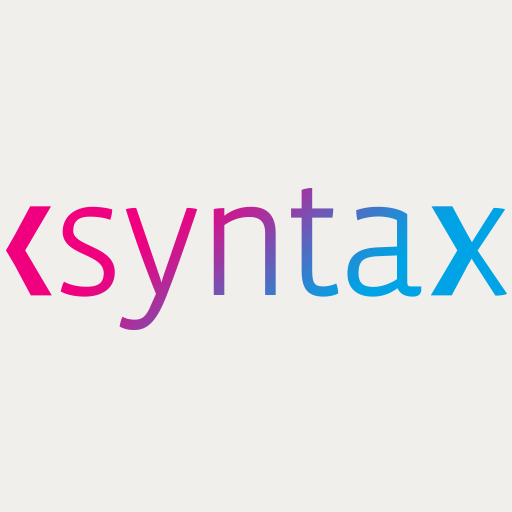SYNTAX

Syntax is set of
rules in a language that determines how words are combined to form phrases, clauses, and sentences.
PHRASES
Using the rank scale in the grammatical hierarchy, we know
that words go to form the next unit of grammar the pharase. Thus words relate
to each other syntactically in larger sentences. Pharases then from clauses and
clauses form sentences. This is the traditional analysis of the grammatical
hierarchy. In modern grammar, however, the term “phrase” is synonymous with the
term “clause”. The pharase therefore is a normal categorization of sentence
structure or grammatical analysis.
CLAUSES
The categorizing of the pharases erlier into NP, VP, Adj.P,
Adj.P and Frep.p was the formal categorization of sentences. Teh constituents
of a sentencenwere indentified as the NP, etc. There are categoriesin grammar. However
which show how different elements of a clause or sentence relate to each other
in meaning. There are the functional categories in grammar, the main ones being
the subject and preicates which contain further elements known as
a.
Subject
b.
Verb
c.
Object
d.
Complement
e.
Adverbial
CATEGORISATION OF SENTENCE
Sentence can be categorized according to their communicative
function or according to their structural components. The first categorisation
sees the sub-types as Statement/declaratives, questions.interrogatives,
commands/imperatives, and exclamations/exlamatives. The second categorisation
has the sub-types of simple sentence, compound sentence, complex sentence, and
compound-complex sentence.
SENTENCE CONSTRUCTION TYPES
As stated erlier, in syntax, apart from the categorisation f
sentences according to their communicative functions, sentences are also
classified according to their structural or construction type, based on the
presence of the two elements, the subject and the predicate. The Example:
S
|
P
|
They
|
travel by bus daily.
|
She
|
eats rice for dinner.
|
He
|
Could hardly hear her.
|
We
|
Must not go there today.
|

Komentar
Posting Komentar